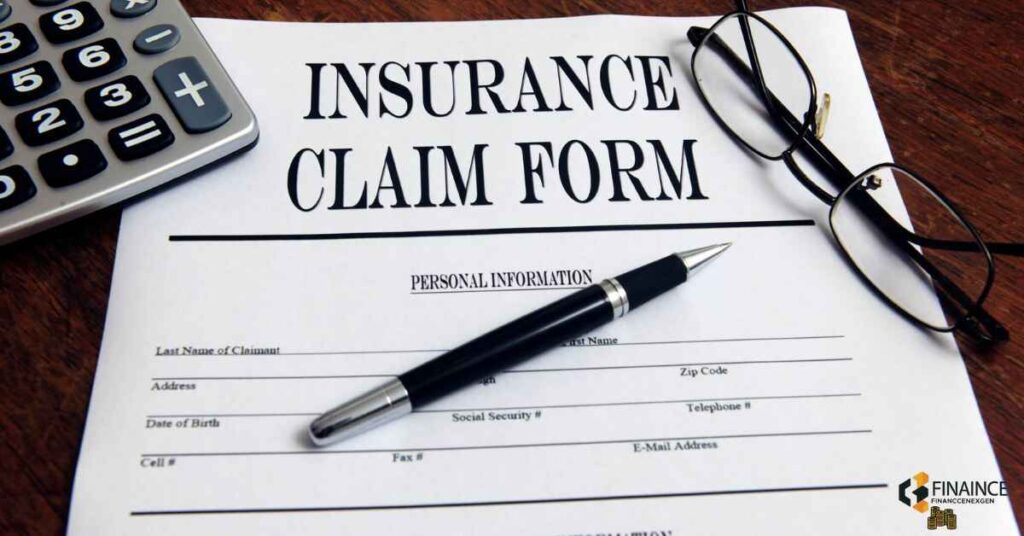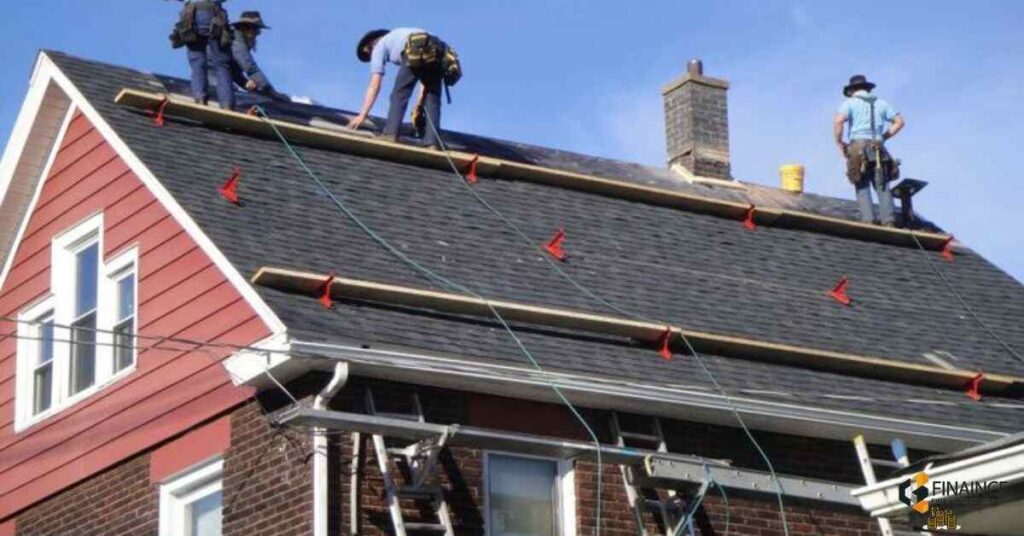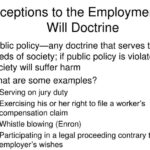Dealing with roof damage is a significant financial burden for homeowners. The average roof replacement costs between $5,000 and $15,000, making it one of the most expensive home repairs. Many property owners struggle to cover these costs, especially after unexpected events like storms or fallen trees. Without proper insurance coverage and claim handling, homeowners often pay thousands out of pocket.
This comprehensive guide provides clear steps to maximize your chances of insurance covering your roof replacement, from documenting damage to negotiating with adjusters and selecting qualified contractors.
What Qualifies for an Insurance-Covered Roof Replacement
Insurance companies cover roof replacement when sudden or accidental damage occurs. This includes damage from severe storms, falling trees, or fire. The damage must be from a single event, not normal wear and tear. Your policy will list specific covered events. Most policies cover damage from wind, hail, lightning, and other natural disasters. The damage must make your roof unsafe or unable to protect your home.
Types of Roof Damage Insurance Policies Cover
Most insurance policies in 2024 cover damage from specific events. Hailstorms that create holes or cracks qualify for coverage. Strong winds that tear off shingles are covered. Lightning strikes that cause fire damage are included. Falling trees or large branches that damage your roof structure get coverage. Water damage from storms may qualify if your roof was in good condition before.
Common Exclusions in Roof Insurance Coverage
Insurance won’t cover damage from age or poor maintenance. Normal wear and tear isn’t covered. Roofs older than 20 years might get limited coverage. Insurance excludes damage from pests or animals. Mold and algae problems aren’t covered. Most policies don’t cover flooding damage. Installation errors or manufacturer defects aren’t included. Cosmetic damage usually isn’t covered.
Preparing Your Roof Insurance Claim
Documenting Pre-Existing Roof Condition
Take clear photos of your roof every six months. Keep records of all repairs and maintenance work. Save inspection reports from professional roofers. Document the roof’s age and installation date. Store warranties and maintenance agreements safely. Take photos after cleaning or minor repairs. Update your documentation after any roof work.
Emergency Measures After Roof Damage
Cover holes with tarps to prevent more damage. Remove fallen branches if safe. Take photos of all damage immediately. Contact your insurance company within 24 hours. Keep all receipts for emergency repairs. Don’t make permanent repairs before inspection. Place buckets under leaks to prevent interior damage.
Gathering Essential Documentation
Make a detailed list of all damage. Take photos from multiple angles. Get repair estimates from licensed contractors. Keep copies of all communication with insurance. Save weather reports from the damage date. Document all temporary repair costs. Create a timeline of events and actions taken.
Professional Assessment and Documentation
Hiring a Qualified Roofing Inspector
Choose an inspector with state licenses and insurance. Look for certifications from roofing associations. Check reviews and references from past clients. Verify their experience with insurance claims. Ask about their inspection process. Get their qualifications in writing. Confirm they provide detailed written reports.
Understanding the Inspection Report
Read the full inspection report carefully. Look for detailed damage descriptions. Check measurements and locations of damage. Review the recommended repairs section. Understand the cost estimates provided. Note any photos or diagrams included. Keep copies for insurance claims.
Documenting Damage with Photos and Videos
Take clear, well-lit photos of all damage. Include close-up and wide-angle shots. Record video walking around the roof. Show damage from multiple angles. Include timestamp and date information. Photograph interior water damage. Make sure images are high quality.
Filing Your Insurance Claim

Initial Contact with Insurance Company
Call your insurance company right away after roof damage. Use their 24-hour claims hotline. Get your policy number ready before calling. Write down the claim number they give you. Ask about the next steps in the process. Request an email confirmation of your claim. Make notes about your conversation.
Meeting Filing Deadlines
Most insurance companies require claims within 30 days of damage. Some policies have shorter deadlines of just 14 days. Write down all important dates. Set reminders for paperwork deadlines. Submit everything early if possible. Ask for deadline extensions if needed. Keep proof of when you filed.
Submitting Complete Documentation
Organize all papers in a clear order. Make copies of everything you submit. Include your claim number on all documents. Send photos labeled with dates and locations. Include contractor estimates and inspection reports. Keep proof of mailing or sending. Save confirmation emails.
Working with Insurance Adjusters
Preparing for the Adjuster’s Visit
Clean up the area around your house. Mark damaged spots clearly. Have all paperwork ready. Make a list of damage points. Be available during the inspection. Prepare questions about the process. Keep your contractor’s report handy.
Understanding the Adjustment Process
Adjusters inspect all roof damage carefully. They take measurements and photos, and covered damage types. Review maintenance history, and calculate repair costs. They consider the roof’s age. They write detailed reports for insurance.
Negotiating with Your Insurance Company
Stay calm and professional during talks. Know your policy coverage limits. Present clear proof of damage. Get support from your contractor. Ask for detailed explanations. Appeal low offers with evidence. Request a second opinion if needed.
Understanding Cost Factors
Insurance Deductibles Explained
Your deductible is what you pay first. Most roof deductibles range from $500 to $2500. Some areas have special storm deductibles. The deductible comes off your total claim amount. Higher deductibles mean lower monthly payments. Check your policy for exact amounts.
Depreciation and Actual Cash Value
Insurance companies consider roof age. They subtract value for each year of use. A 10-year-old roof gets less money. Some policies offer full replacement cost. Others pay only current value. Ask about depreciation calculations. Get clear payment details.
Additional Coverage Options
Consider adding enhanced roof coverage. Some policies offer better storm protection. Extended coverage costs more monthly. Special policies cover older roofs. Ask about wind and hail riders. Compare different coverage levels. Review upgrade options yearly.
Read This Blog: How to Cancel Rocket Money: The Ultimate Guide for 2024
Choosing a Roofing Contractor

Finding the right contractor is crucial for a successful insurance-covered roof replacement.
Verifying Contractor Credentials
Check licenses and insurance status of contractors. Call their references from past jobs. Look up online reviews and ratings. Verify their business address and phone. Make sure they have workers’ compensation insurance. Check their standing with the Better Business Bureau. Only work with established local companies.
Getting Multiple Estimates
Get at least three written estimates. Compare material and labor costs. Look at projected timelines for completion. Check warranty offerings between companies. Ask about their experience with insurance claims. Review their payment terms. Make sure estimates are detailed and clear.
Understanding Contractor Warranties
Most contractors offer 5-10 year workmanship warranties. Manufacturer warranties cover materials separately. Read all warranty terms carefully. Know what voids the warranty. Keep copies of all warranty documents. Understand maintenance requirements. Ask about transferring warranties to new owners.
Also Read: The Complete Guide to Wdroyo Insurance TCNEVS: Everything You Need to Know in 2024
Managing the Replacement Process
Proper management ensures your roof replacement meets insurance requirements.
Timeline for Roof Replacement
Most replacements take 2-4 days in 2024. Weather can cause delays. Material delivery takes 1-2 weeks. Permits need 3-5 business days. Insurance approval may take 1-2 weeks. Plan for possible weather delays. Schedule during dry seasons if possible.
Quality Control Measures
Inspect materials upon delivery. Watch for proper safety equipment use. Check alignment of shingles regularly. Monitor cleanup progress daily. Ensure proper ventilation installation. Verify flashing installation around chimneys. Look for consistent nail patterns.
Final Inspection and Documentation
Schedule final inspection immediately. Take photos of completed work. Get written confirmation of completion. Save all material warranties. Keep final payment receipts. Document any follow-up work needed. Store all papers in a safe place.
Preventing Future Claims
Regular maintenance helps prevent future insurance claims.
Routine Maintenance Tips
Clean gutters every season. Remove leaves and debris monthly. Fix small issues quickly. Trim overhanging branches yearly. Check for loose shingles regularly. Clean moss and algae growth. Look for water stains inside.
Regular Inspection Schedule
Schedule professional inspections twice yearly. Check roof after major storms. Inspect attic for leaks quarterly. Look for missing shingles monthly. Check gutters before rainy seasons. Examine flashing every six months. Document all inspection dates.
Documentation Best Practices
Keep a maintenance log with dates. Save all repair receipts. Take dated photos yearly. Store warranty information safely. Update insurance records regularly. Keep inspection reports filed. Make digital copies of everything.
FAQ
What types of roof damage does insurance typically cover?
Insurance typically covers sudden damage from storms, hail, wind, falling trees, and fire. Normal wear and tear, age-related damage, and maintenance issues are not covered.
How long do I have to file a roof damage claim?
Most insurance companies require claims within 30 days of damage. Some policies have shorter deadlines of 14 days after the incident.
Can I choose my own roofing contractor?
Yes, you can select your own licensed contractor. Insurance companies cannot force you to use their preferred contractors, but the estimate must be reasonable.
Will filing a claim increase my insurance premiums?
Weather-related claims usually don’t increase premiums. Multiple claims within a short time period may affect your rates at renewal time.
What documentation do I need for a successful claim?
You need photos of damage, maintenance records, professional inspection reports, repair estimates, and weather reports from the date of damage.
How do I appeal a denied claim?
Submit a written appeal with new evidence, get a second professional inspection, and consider hiring a public adjuster for support.
Conclusion
Getting insurance to pay for roof replacement requires careful planning and proper documentation. Start by understanding your policy coverage and following the right steps after damage occurs. Work closely with qualified professionals, maintain good records, and stay organized throughout the process. This guide provides the essential steps to maximize your chances of a successful roof replacement claim in 2024.







